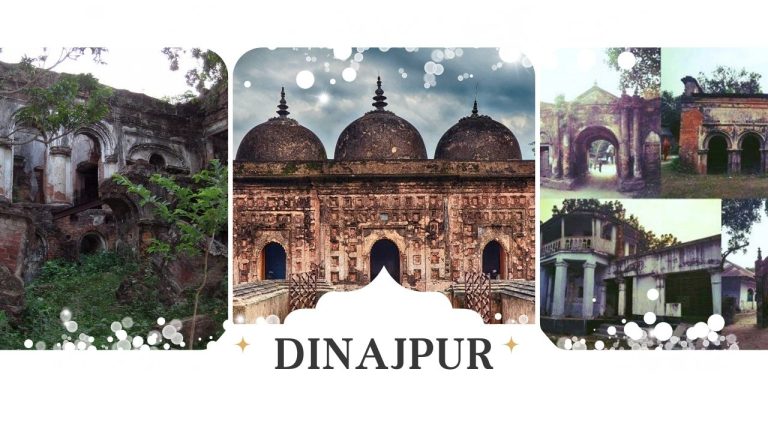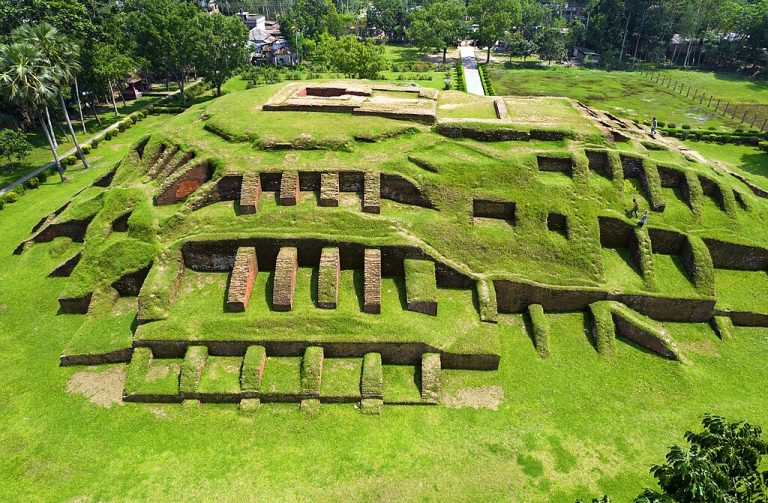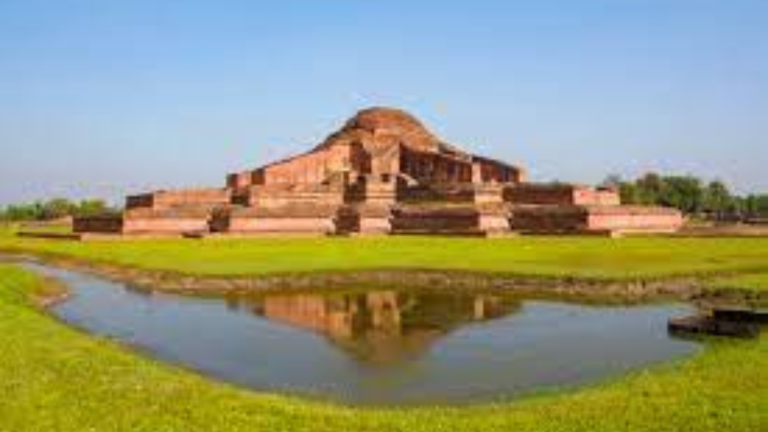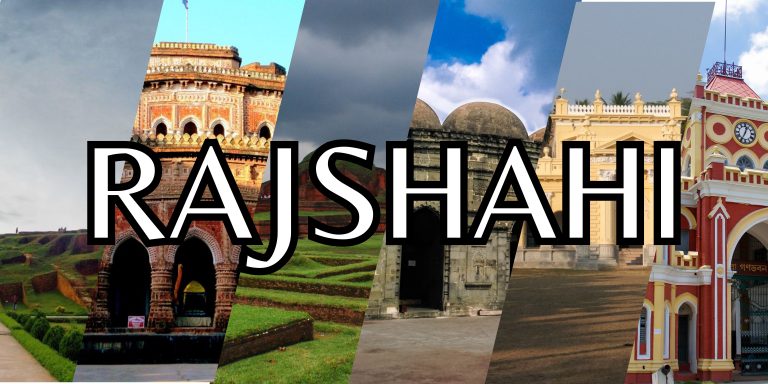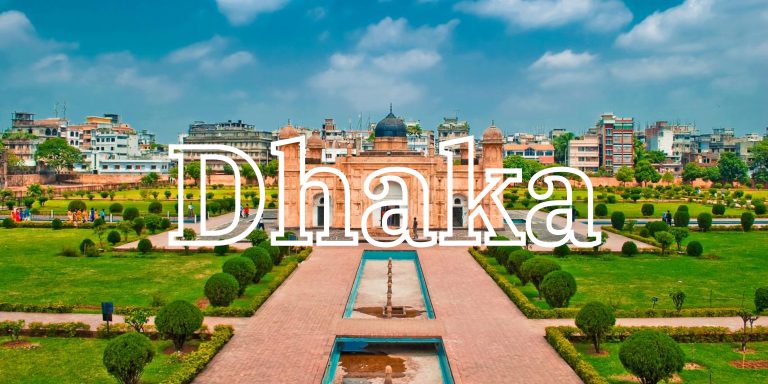Top visiting places in Lalmonirhat
Lalmonirhat situated in the northern region of Bangladesh. we explored the top visiting places in Lalmonirhat. Lalmonirhat is a small and beautiful district.
here we explored the top visiting places in Lalmonirhat
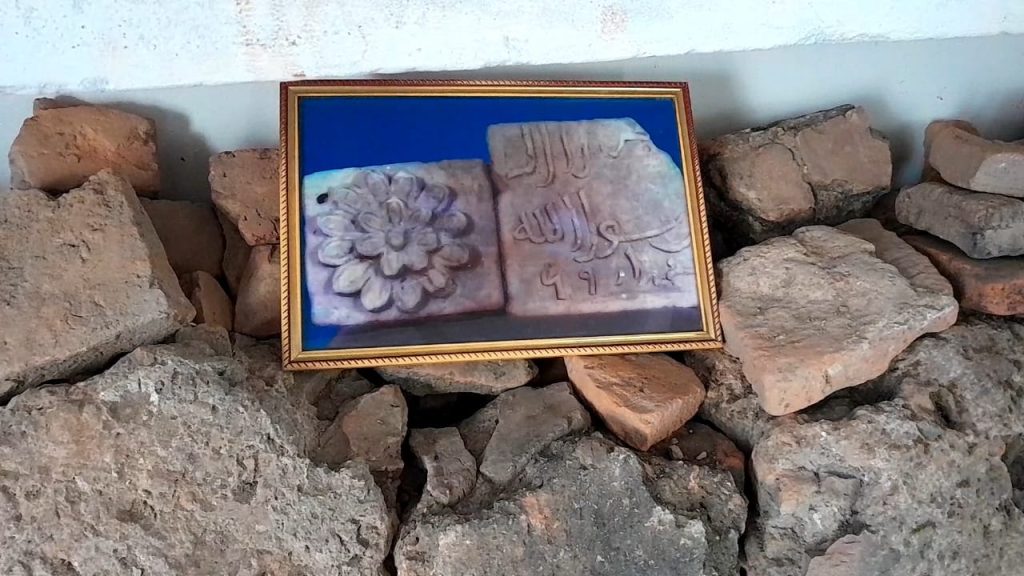
Harano masjid-visiting places in Lalmonirhat
It is the first mosque in Asia. The old name is ‘Lost Mosque’. The mosque said to be the oldest sign of the spread of Islam. The masjid is top visiting places in Lalmonirhat. The mosque located at Ramdas Mauza of Panchgram Union of Lalmonirhat Sadar Upazila has been renamed as ‘Jamey-as Sahaba’. Its location is just one kilometer south of the Rangpur-Kurigram highway. It known that for many years the mosque covered by trees and vines in a forest in that area. Only the ruins of the mosque, built in 69 A.H., remain. It known as the ‘Lost Mosque’ to the locals as there are no other monuments. A brick found in the ruins of the mosque reads Kalema Tayyiba and the year 69 Hijri in clear Arabic letters. According to local elders, the mosque built between 69 Hijri i.e. 689-690 AD. The mosque lost in the evolution of time, the ruins covered by jungle trees and leaves. Locals said that in 1987, a mud mound called Masat Ara cut and leveled in Ramdas village. At that time, the owner of the land, Abdul Gafur, found the ruins of this ancient mosque. Later he started removing the soil from there without lifting bricks. At one point, the foundations of a 21-foot-long and 20-foot-wide mosque with four minarets and a dome are visible. Its wall thickness is 4 feet 6 inches. Besides, there were found from the ruins of the lost mosque, the work-made bricks, and the spire of the dome. They also said that since the restoration of the mosque in 1987, the worshipers have been offering prayers there. Many people from the country and abroad come here to see this ancient mosque.
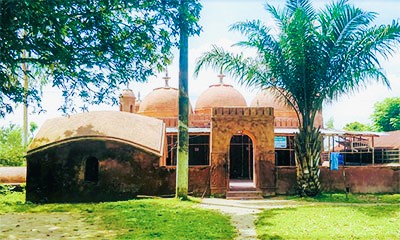
Nidariya-masjid
The mosque is one of the oldest monuments in the Lalmonirhat district. It is also very high quality in terms of construction style. nidariya masjid is the most beautiful and top visiting places in Lalmonirhat. Heavy heavy walls, high domes, and beautiful interiors set the mosque apart. Located in Kishamat Nagarband Mauza of Ward No. 3 of Panchagram Union of Sadar Upazila. The Nidaria Mosque is an ancient one-room mosque. It has only one room inside. There are three domes on the top and four pillars at the four corners. There is an entrance on the front. nidariya masjid have a store room at the hand or side of the mosque next to the entrance and also big Eidgah ground in front of the mosque. Adjacent to the mosque is a grave site in the northeast corner. A Hafiziya Madrasah established in 2019 has been established on the north side of the mosque. There is a grave on the left side of the mosque. Although there is no exact idea about the grave, many people think that it is the grave of the founder of the mosque, Pir A Kamel Subedar Mansoor Kha. This mosque has 10 acres of 56-century land. The mosque organizes waj mahfil every year with the money received from this land. At present, some powerful local people are encroaching on the lands of the mosque. The mosque built by Subedar Mansoor Kha in 1176 Hijri. There is an interesting story about the name of the mosque. It said that the builder of the mosque, Subedar Mansoor Khar, did not have a beard on his face. He prayed to Allah that if he had a beard on his face, he would build a mosque, then even though he had a beard, he built the mosque as promised.
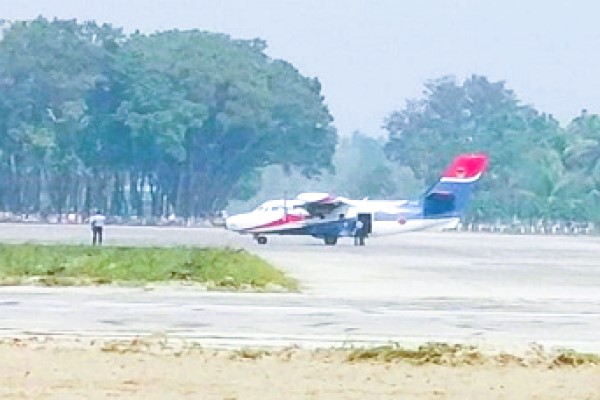
Lalmonirhat airport-visiting places in Lalmonirhat
Lalmonirhat Airport resides in Lalmonirhat, within the Rangpur Division. It constructed by the then-British government in 1931 after acquiring one thousand 166 acres of land in Mahendranagar and Harati Union of Lalmonirhat Sadar Upazila. It was the second-largest airport in Asia used by the Allies during the World War. After the end of the war in 1945, it fell into disuse and lost to the Gauls. However, short-range air service started in 1958 in East Pakistan, but it did not see the light of day for long. The Stalport airport reopened on 13 March 2019 after the formation of Bangladesh. This airport built in 1931 by the then-British government. The airport used by the Allies during the World War. After the end of the war in 1945, it unused for a long time. The British built Lalmonirhat Airport during World War II. It abandoned after partition in 1947. After that, in 1958 air service started on a small scale but it did not last long. Since the independence of the country, in 1983, the Air Force authorities have established agricultural projects here. The airport closed in the 1980s but reopened. The stallport or airport reopened on 13 March 2019. The runway at Lalmonirhat Airport is about four miles long. The area of the airport is 1 thousand 166 acres.

Tushbhandar zamidar bari
Tushbhandar Zamindar Bari is a historical Zamindar Bari of Kaliganj Upazila under the Lalmonirhat District of Rangpur Division of Bangladesh and This Zamindar Bari was established about four hundred years ago. The founder of this Zamindar house was Muraridev Ghoshal Bhattacharya. He was a Brahmin. During the reign of Maharaja Pran Narayan, he came to Cooch Behar from the Twenty-Four Parganas district with “Rasik Rai Vigraha” (a religious subject). At that time it was customary to donate land for religious purposes. In view of this, the king gave him 9 mazes to “worship the idol”. But he objected to enjoying it because he was a Brahmin. Later, Nesha asked the king to collect rent for the enjoyment of that property. The king agreed, but to take rice husks as tribute. As a result, the state of Cooch Behar had to give rice husks as a tax. This chaff collected from the entire Zamindari area and deposited on the east side of the Zamindari house. This is why this zamindar house is called Tushbhandar zamindar bari. The police station where this zamindar house is located i.e. Kaliganj police station. This Kaliganj police station named after a zamindar of this zamindar clan. He was Zamindar Kali Prasad Roy Chowdhury. Kali Prasad Roy Chowdhury was a religious and social reformer. Almost four hundred years after the establishment of this zamindar house in 1634, this Tushbhandar zamindar house came to an end in 1935 after the death of zamindar Girindra Mohan Roy Chowdhury.
Hope the information helps you.
do you know about sirajganj? click here to know about sirajganj


